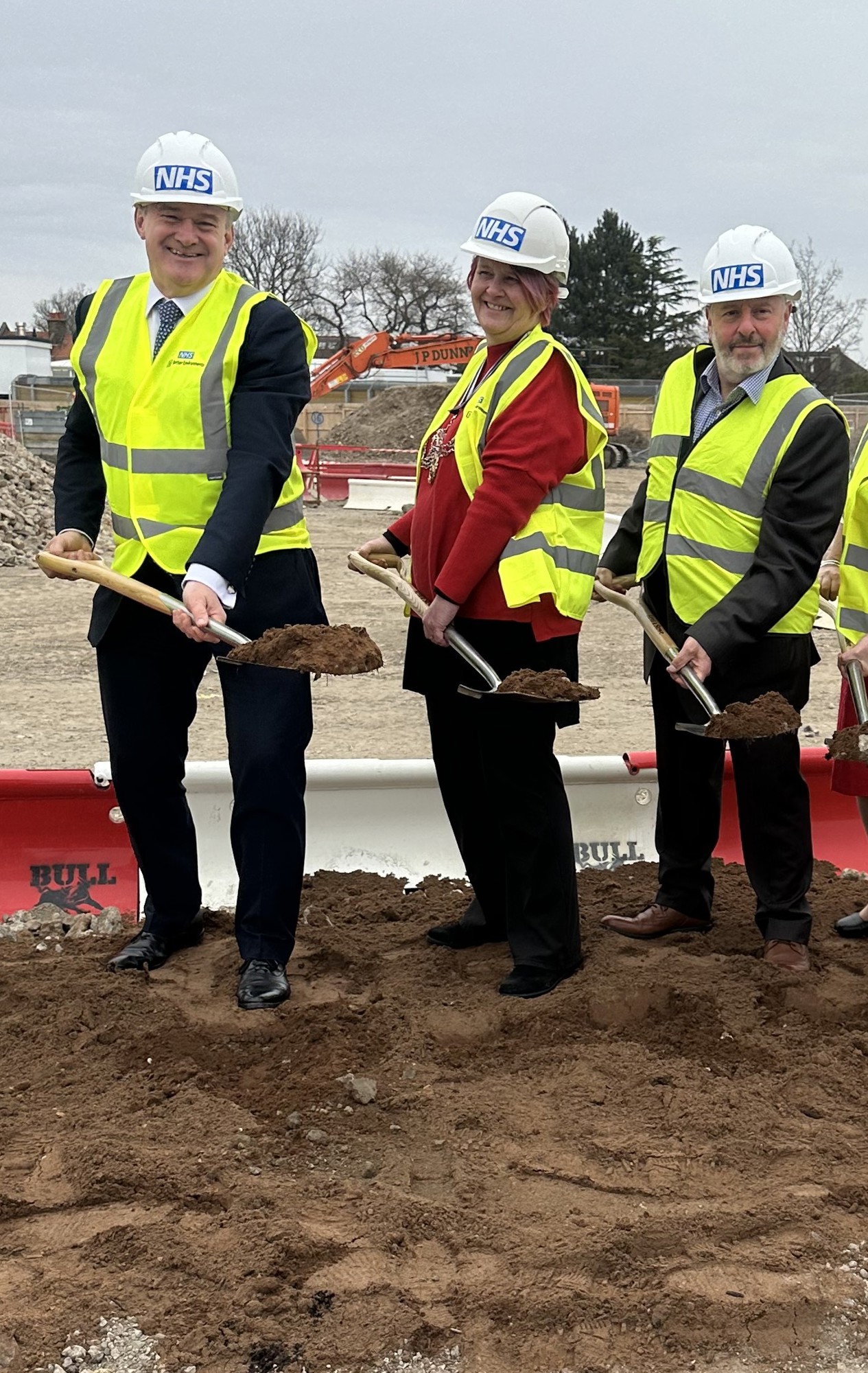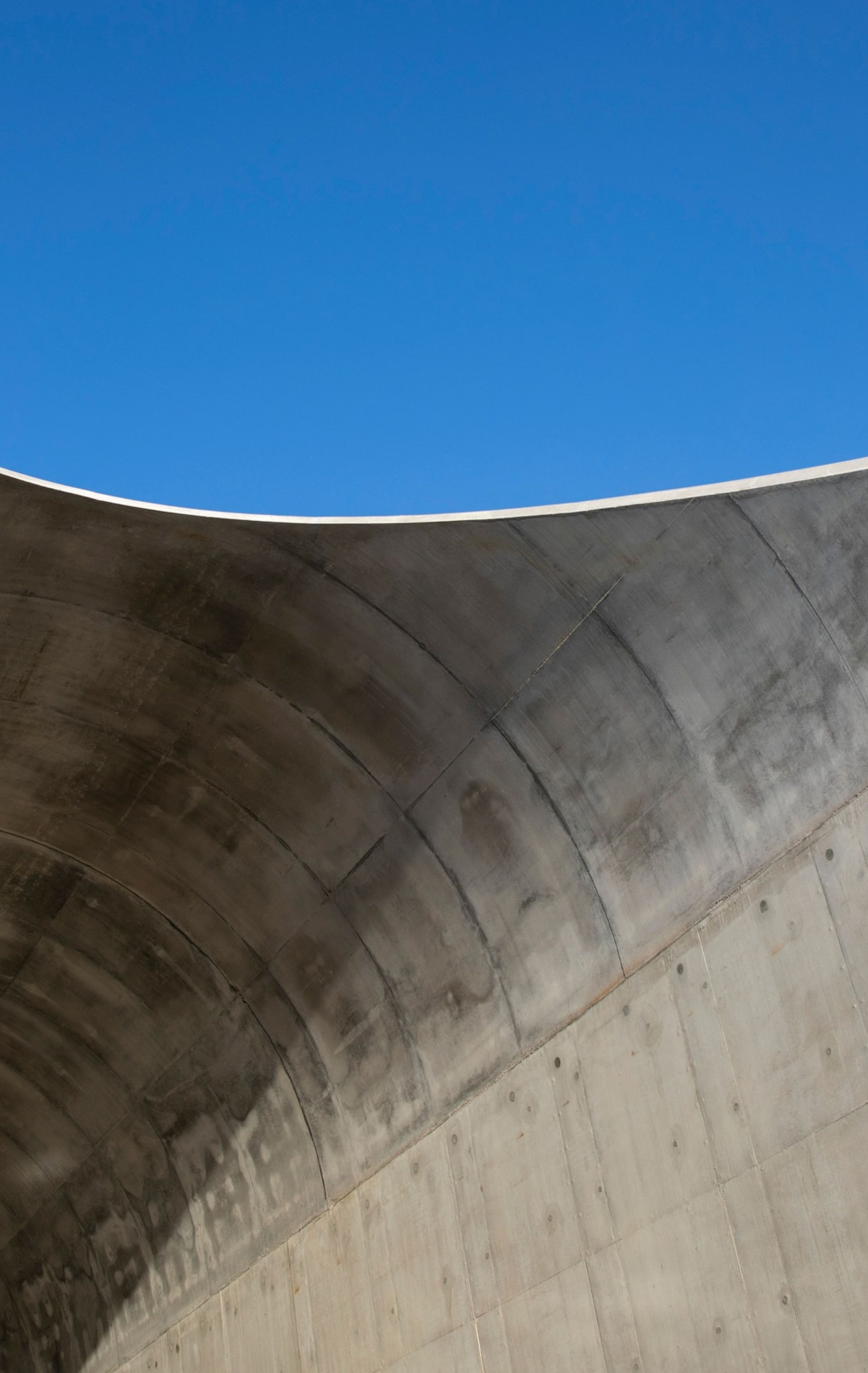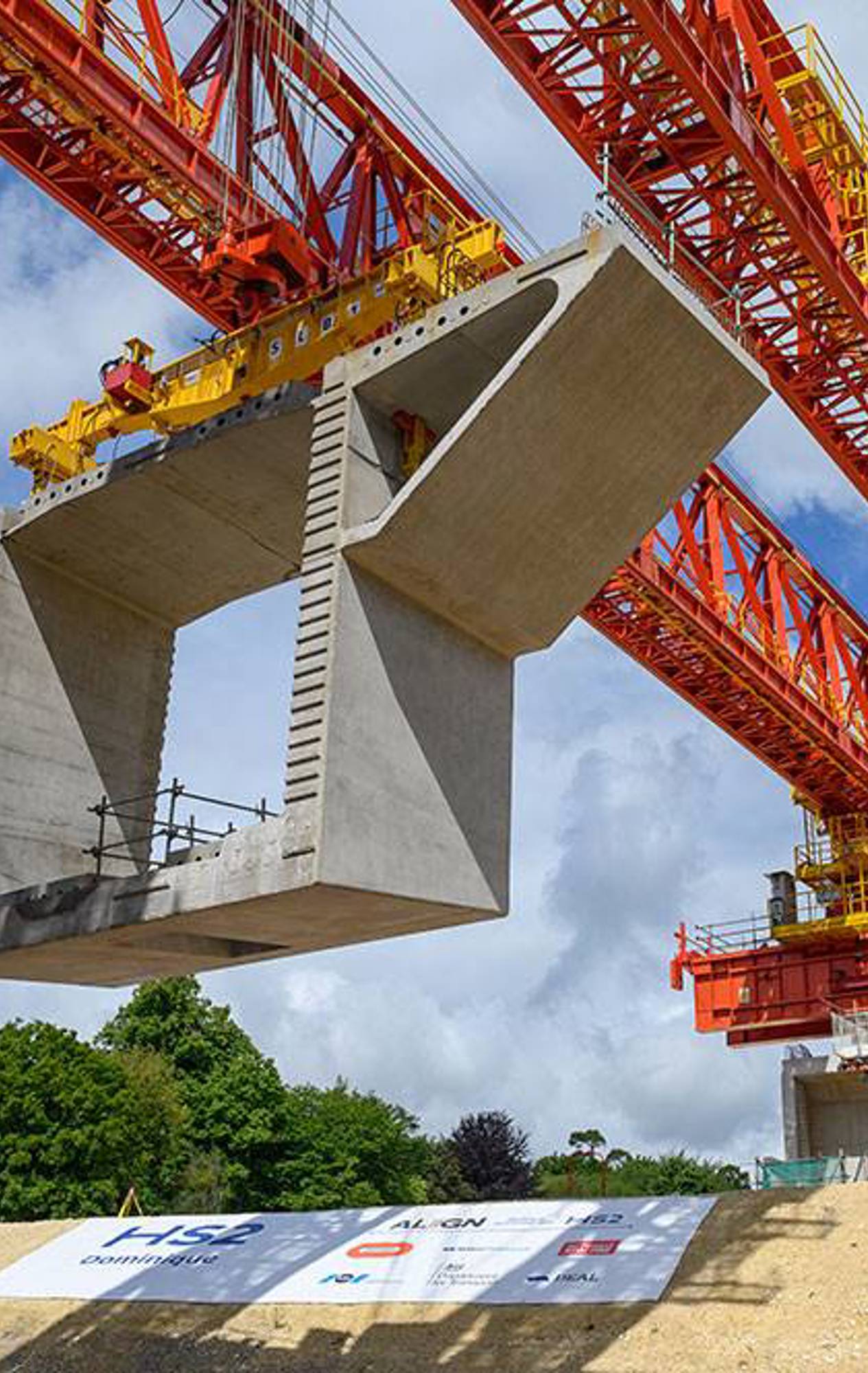
SRM to build new facilities at Tolworth Hospital
26 Mar 2025South West London and St George’s NHS Trust begins the redevelopment of Tolworth Hospital, part of a £1bn investment in mental health care and community integration.
We continue celebrating the 20th anniversary of Integrated Health Projects (IHP), the joint venture between VINCI Building and Sir Robert McAlpine, with a look into the evolution of healthcare projects’ delivery through innovation.
2003 was a notable year for those of us old enough to remember it. Think the release of the Nokia 3200 “brick” phone, “Finding Nemo” at the cinemas, the completion of the Human Genome, the space shuttle “Columbia” disaster, Beyonce being “Crazy in Love”, Concorde making its final ever flight and an average UK house price of £130k.
It was also notable for being the year in which Integrated Health Projects (IHP) came together as a joint venture between two of the industry’s biggest names, VINCI Building and Sir Robert McAlpine. The JV was formed in direct response to the Department of Health’s ProCure21 Framework for NHS capital projects.
For those of us around at the time, the ProCure frameworks represented something of a revolution. Building on the recommendations of the 1994 Latham report and the 1998 Egan report, ProCure 21 tried to embrace the challenges set by government to move to much more collaborative, integrated designer-constructor-installer supply chains. Supported by the relatively new ECC/NEC contract forms, we moved from an era of healthcare projects which had been plagued with delays and cost overruns, based on lowest price tendering, into an exciting new world where project teams pitched to clients with value propositions based around innovation, culture and transparency.
For the first time the constructor became an integral part of the team, helping clients with Business Case development and openly sharing risks and the benefit of outstanding performance.
 One of the very first of these schemes was Arrowe Park Hospital. John Roberts, VINCI Building Director recalls: “None of us were quite sure what to expect initially but we quickly understood that working in partnership with the whole project team and project stakeholders was going to bring huge benefit to the project. Giving end users much earlier access to suppliers and manufacturers meant that we could all have more certainty around quality and cost from a much earlier point in the process. It was often difficult to get the Target Costs agreed in those early days, as the cost benchmarks were often based on old-school tender input pricing rather than an anticipated out-turn cost, but once clients saw the way in which projects on site went smoothly, were regularly being delivered on time and within budget, then the whole framework just gathered momentum”.
One of the very first of these schemes was Arrowe Park Hospital. John Roberts, VINCI Building Director recalls: “None of us were quite sure what to expect initially but we quickly understood that working in partnership with the whole project team and project stakeholders was going to bring huge benefit to the project. Giving end users much earlier access to suppliers and manufacturers meant that we could all have more certainty around quality and cost from a much earlier point in the process. It was often difficult to get the Target Costs agreed in those early days, as the cost benchmarks were often based on old-school tender input pricing rather than an anticipated out-turn cost, but once clients saw the way in which projects on site went smoothly, were regularly being delivered on time and within budget, then the whole framework just gathered momentum”.
From those early days, IHP has gone from strength to strength with IHP being an ever-present stalwart on each new ProCure iteration.
And whilst the Framework itself has evolved, now being managed through a partnership between Crown Commercial Services and NHS England, so too have many of the working practices now regularly being employed on IHP’s projects. Advanced digital construction skills are adopted by our teams as the norm, driving target-busting performance against Modern Methods of Construction (MMC) and Carbon benchmarks, whilst providing excellence in clinical functionality.
At the National Rehabilitation Centre in Loughborough, IHP has been entrusted with the delivery of a New Hospitals Programme Cohort 2 scheme, which will undoubtedly become a flagship facility for both process and quality. For Project Leader Richard Laplanche, this is a first experience of both ProCure and NHP, and he is thrilled to be working so closely with such an engaged group of project stakeholders: “We’re fortunate here that whilst this scheme is more or less unique in its twin purposes of providing rehabilitation for patients who have often experienced life-changing trauma, and also providing outstanding facilities for ongoing research and development, our client is very open-minded and wants to explore any innovations we want to bring to the party”. As one of the younger generation of IHP, digital tools are second nature to Richard: “Also with this project being an NHP Cohort 2 project, we get encouragement and support to implement and share innovations that can help to inform the wider programme. For example, we’ve introduced artificial intelligence into our quality and progress monitoring processes through the utilisation of Buildots in the scheme which will give not only IHP and our Supply chain reporting data but the Client the benefit of enhanced visual records and the subsequent confidence in our delivery.”
So, what comes next in the evolution of IHP? Well, already enjoying huge success on the latest iteration of the framework “ProCure23”, Jason Gibbings, IHP Framework Director is confident that there is still a lot more to do: “With the challenges of Net Zero Carbon and a need to standardise and industrialise to make the UK construction industry more predictable and productive, we have a long way to go, but in IHP we also have the resources, skills and appetite to help the industry to achieve the next revolution needed 20 years on.”
South West London and St George’s NHS Trust begins the redevelopment of Tolworth Hospital, part of a £1bn investment in mental health care and community integration.
Sir Robert McAlpine Special Projects celebrates the topping out of Maggie’s Northampton, a new cancer support centre at Northampton General Hospital, marking a key milestone in providing expert care for those affected by cancer.
Her Majesty The Queen has inaugurated the new urgent and emergency care development built by IHP at Great Western Hospitals NHS Foundation Trust in Swindon.
Our Align JV builds tunnel extensions for HS2 to stop sonic booms from 200mph trains entering the 10-mile Chiltern Tunnel.
Download the Annual Report and Accounts that accompany our financial results 2023-24.
Sir Robert McAlpine Capital Ventures and Buccleuch Property acquire 101 Centre Street, securing income and unlocking major redevelopment potential in Glasgow's southbank.




